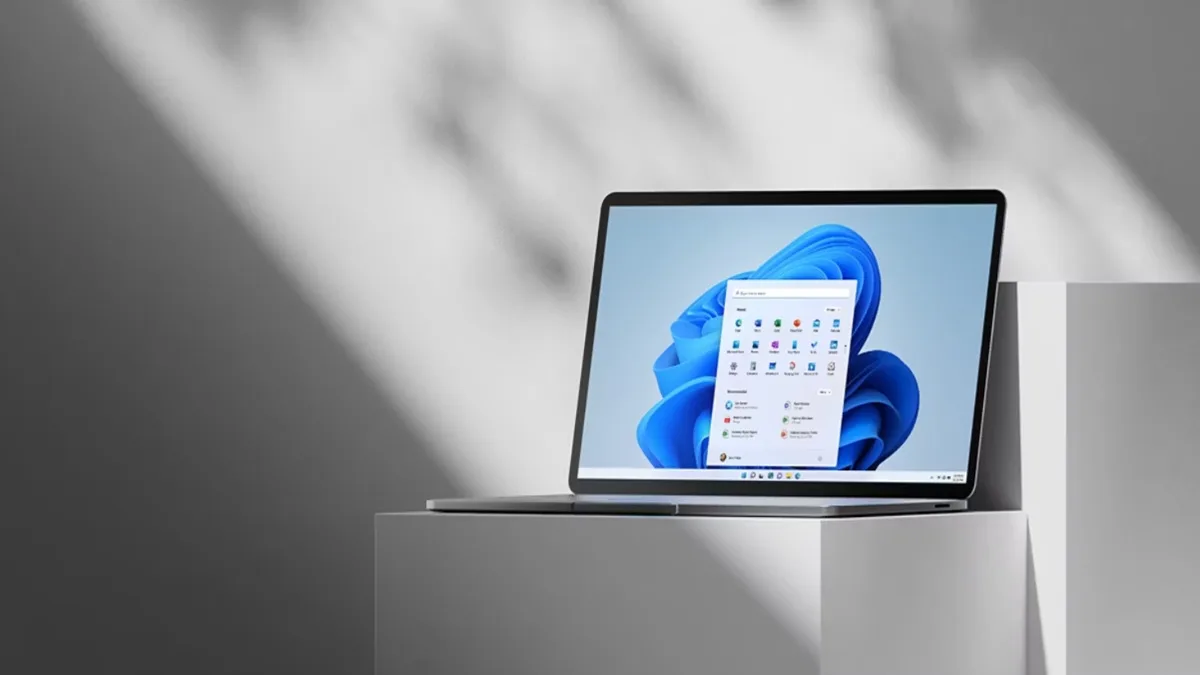
For over a decade, Windows 10 has been the backbone of PC gaming. From DirectX 12’s debut to the rise of Game Pass, it’s been the OS that carried us through an era of esports explosions, indie revolutions, and ray-tracing breakthroughs. But on October 14, 2025, Microsoft officially ends support for Windows 10. No more security patches, no more feature updates—just a frozen legacy OS that will slowly become a liability for online play and modern titles.
At the same time, Windows 11’s 25H2 (2H25) update is rolling out, bringing with it a wave of optimizations, new APIs, and hardware-level integrations designed to future-proof gaming rigs. The timing isn’t accidental: Microsoft is clearly nudging gamers to migrate, and the overlap creates a pivotal moment for anyone serious about their PC gaming setup.
Why This Matters for Gamers
- Security & Anti-Cheat: Many modern anti-cheat systems (like Riot’s Vanguard or EA’s kernel-level protections) rely on up-to-date OS security frameworks. Running Windows 10 post-EOL risks incompatibility or outright lockouts.
- Driver Support: GPU vendors like NVIDIA and AMD will prioritize Windows 11 drivers. Expect performance optimizations, DLSS/FSR updates, and bug fixes to land there first.
- DirectStorage & AutoHDR: Windows 11-exclusive features like DirectStorage (faster load times via NVMe SSDs) and AutoHDR are becoming baseline expectations for AAA releases.
- Game Pass & Storefronts: Microsoft’s ecosystem is increasingly tuned for Windows 11, with smoother Xbox app integration and cloud gaming hooks.
In short: staying on Windows 10 after October 2025 means slowly falling behind—not just in security, but in the very features that define modern PC gaming.
What’s New in Windows 11 25H2 (2H25) for Gamers
The 25H2 update is positioned as a major milestone, coinciding with Windows 10’s sunset. Highlights include:
- Optimized Scheduler for Hybrid CPUs: Better thread distribution for Intel 13th/14th gen and AMD Ryzen 7000/9000 series, reducing stutter in CPU-bound games.
- DirectX 12 Ultimate Enhancements: Expanded ray-tracing pipelines and mesh shader improvements.
- Game Mode 2.0: Smarter background process throttling, tuned for streaming + gaming simultaneously.
- Expanded AutoHDR Profiles: More granular HDR calibration for competitive and cinematic titles.
- Seamless Xbox Cloud Integration: One-click streaming fallback if your hardware struggles with demanding titles.
This isn’t just a cosmetic update—it’s a performance and ecosystem shift that aligns with where the industry is heading.
Steps Gamers Should Take Before the Transition
If you’re running a gaming PC today, here’s a checklist to prepare for the Windows 10 → Windows 11 25H2 migration:
1. Check Hardware Compatibility
- TPM 2.0 and Secure Boot are mandatory.
- Minimum: 8th-gen Intel or Zen 2 AMD CPU, 4GB RAM, 64GB storage.
- Recommended for gaming: 16GB+ RAM, NVMe SSD, RTX 20-series / RX 6000 or newer GPU.
2. Update Your BIOS/UEFI
- Many motherboards need firmware updates to enable TPM and optimize hybrid CPU scheduling.
3. Back Up Your Game Libraries
- Use Steam’s backup tool, Epic’s migration options, or clone your SSD.
- Cloud saves help, but don’t assume every title supports them.
4. Clean Install vs. In-Place Upgrade
- Clean install: Best for performance, avoids legacy driver conflicts.
- In-place upgrade: Faster, but may carry over Windows 10 “bloat.”
5. Reinstall GPU Drivers Fresh
- Use DDU (Display Driver Uninstaller) before installing the latest NVIDIA/AMD drivers optimized for Windows 11 25H2.
6. Enable Gaming Features
- Turn on Game Mode, Hardware-Accelerated GPU Scheduling, and AutoHDR in Windows settings.
- Calibrate HDR for your monitor—don’t rely on defaults.
7. Test Stability
- Run benchmarks (3DMark, Cinebench, in-game stress tests).
- Monitor temps and frametimes to ensure no hidden bottlenecks.
The end of Windows 10 isn’t just a corporate milestone—it’s a cultural shift for PC gaming. For many, Windows 10 was the “Windows 7 of gaming,” stable and beloved. But the 25H2 update for Windows 11 signals that the future is here: faster load times, deeper hardware integration, and a platform tuned for both local and cloud gaming.
Gamers who prepare now—upgrading hardware where needed, backing up libraries, and embracing the new features—will be positioned not just to survive the transition, but to thrive in the next era of PC gaming.

